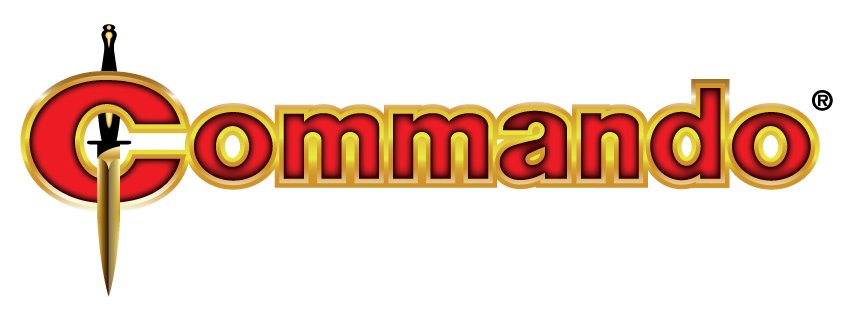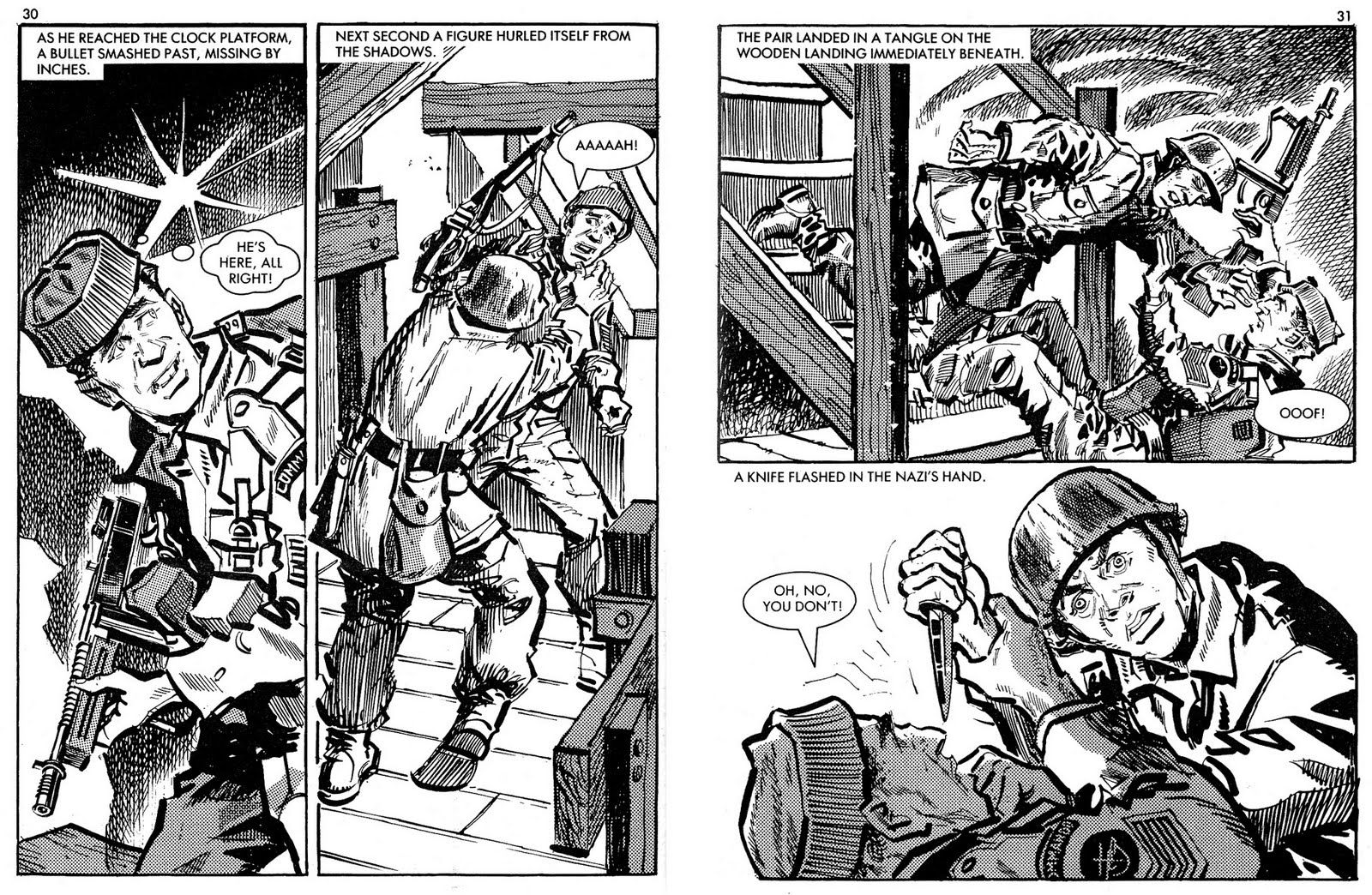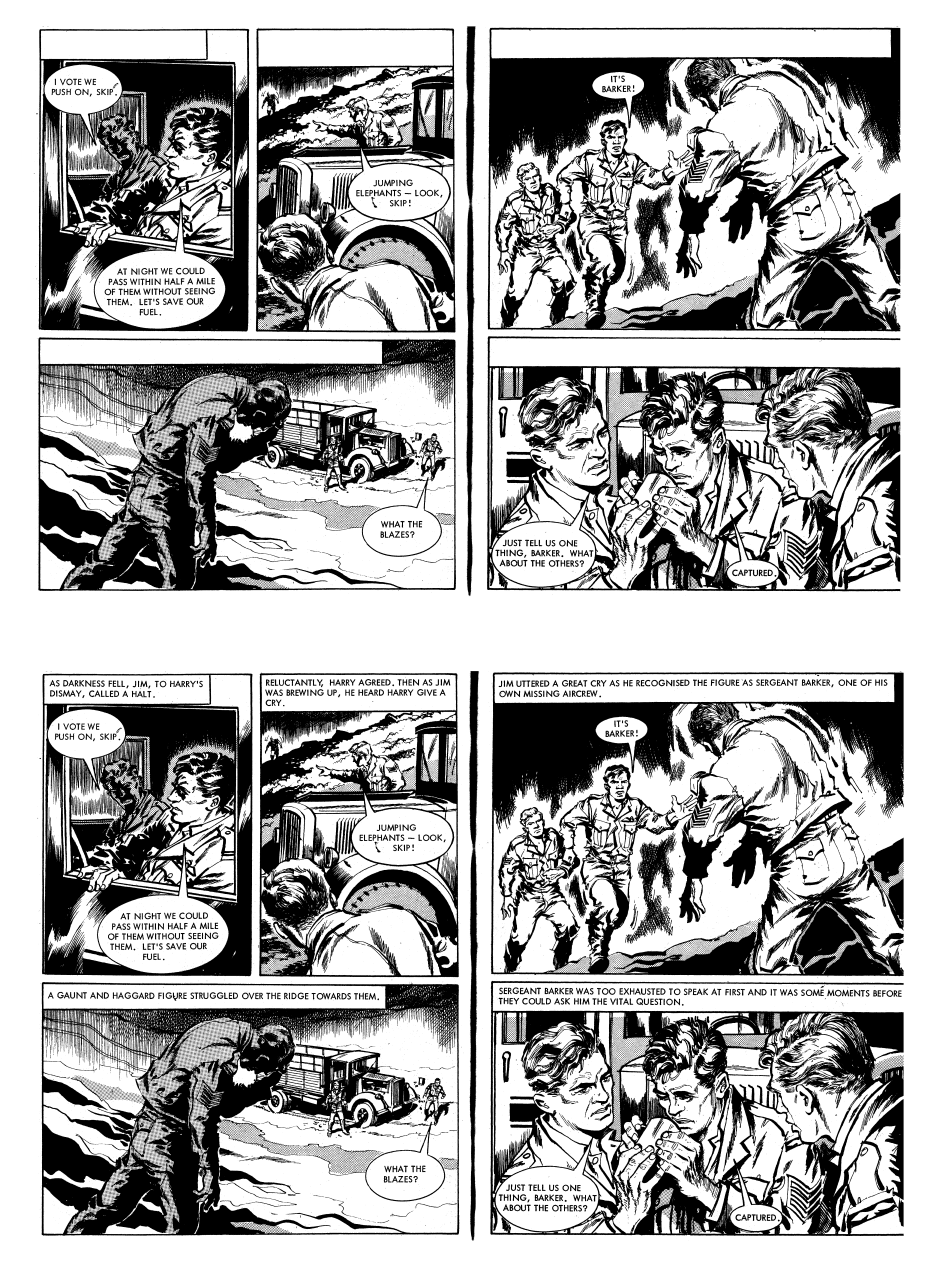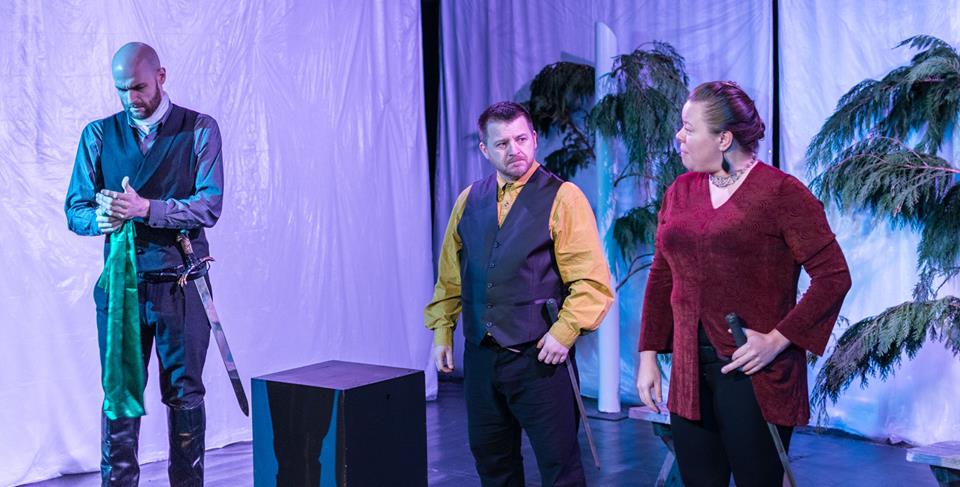
Commando comics are a long running British comics institution. Begun in 1961, they started as – and remain – a way to tell thrilling war stories for boys.
While 2000AD gets all the accolades for staying the course, and growing up with its audience, Commando is still running along side it – oft unnoticed (certainly based on conversations in twitter).
One of the problems of UK comics, is the number of silos there are. 2000AD readers often don’t go outside 2000AD. Marvel fans stick with marvel, and whoever is reading the beano isn’t reading commando.
And it sorts of stays that way for creatives too.
I’ve always loved commando comics. I grew up them and 2000AD.
Recently I’ve started to pick up a few and, while they’re usually 50% reprint, they remain pretty great.
Here’s a little blog post on the history of commando that’s pretty interesting.
But what I really wanted to talk about was the formatting of the books, and their storytelling potential.
The books themselves are digest size – around 2/3s the height of A5 and roughly the same width, which has dictated how the stories are told. I’ve always loved the format and have toyed with doing something in that format.

(Two pages of a commando comic, drawn by Gordon C Livingstone)
Your average Commando comic page can only really get two panels per page (here GCL has managed to split one page in to two vertical panes, and dropped the background out of the second panel on the second page which really opens up the space and lets the art breath).
Commando comics were often filled with captions, every panel had a caption (as a kid I’d often skip the captions, they felt like eating the vegetables on your dinner) and, looking over some issues, it’s pretty clear they were there as filler – making the brisk paced stories slow down. The captions would often expand something in the panel (or explain it) repeating the art, the dialogue would then reinforce that.
Take this example (again, art by the definition of Commando Comic art the incomparable Gordon C Livingstone)

(This example from Trouble Hunter – out this week, Command no 5048(!) but reprinting a story originally from January 1969)
Captions removed (and added back in) and you can see they’re expanding the scenes a little but also pretty much redundant (actually GCL is so good the art works even dialogue free)
(My favourite caption is on the second panel of the first page here “…Then as Jim was brewing up…” – was Jim supposed to be making a cuppa in this panel? where’s the kettle? was it scripted? and GLC decided ‘Sod that’ or was it added in simply as a way to slow the narrative down a bit?)
Like the old Rupert the Bear strips (where it was a drawing above a narrative caption that contained both narration and dialogue), it’s suggesting a form of storytelling that comics don’t really do now – closer to the fusion of text and pictures maybe than most comics lean towards.
I’m as guilty as anyone of pushing the importance of storytelling in art and making sure you can read the story without text, but it’s interesting to see what you can do when you lean in a slightly different direction.
Commando comics, really the digest comic size (because, once upon a time, Commando comics were a late entry into the digest comic scene) are 63 pages long, and begin and end with a splash page – this symmetry gives them a neat little formula from which to work with. Every story is self contained to. The length makes it feel like you’re reading a short novel.
As an artist, it’s interesting to see the variety of techniques on display in b&w. As a story teller I love formula – I think there’s a lot you can do with very specific limits imposed.




